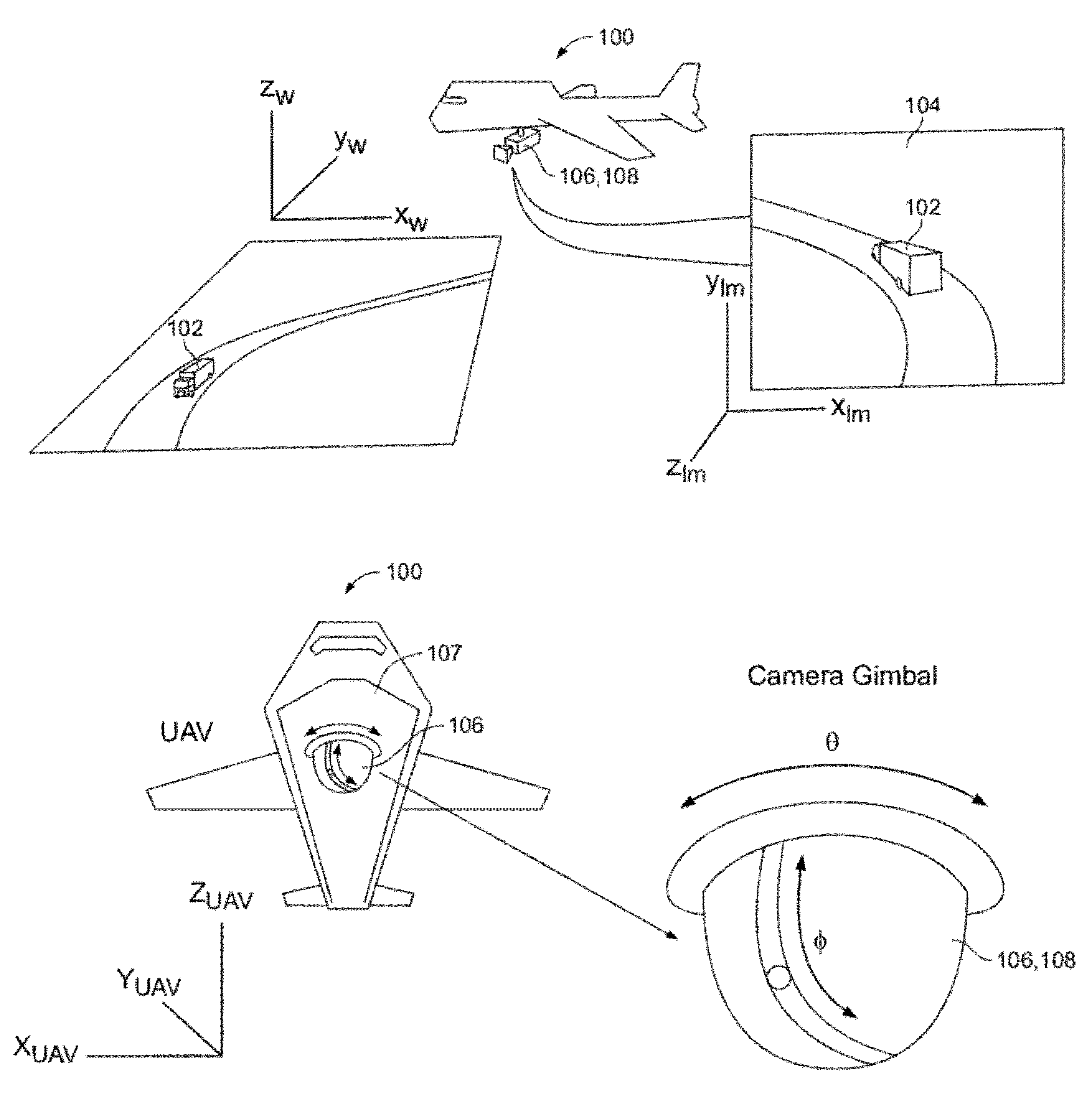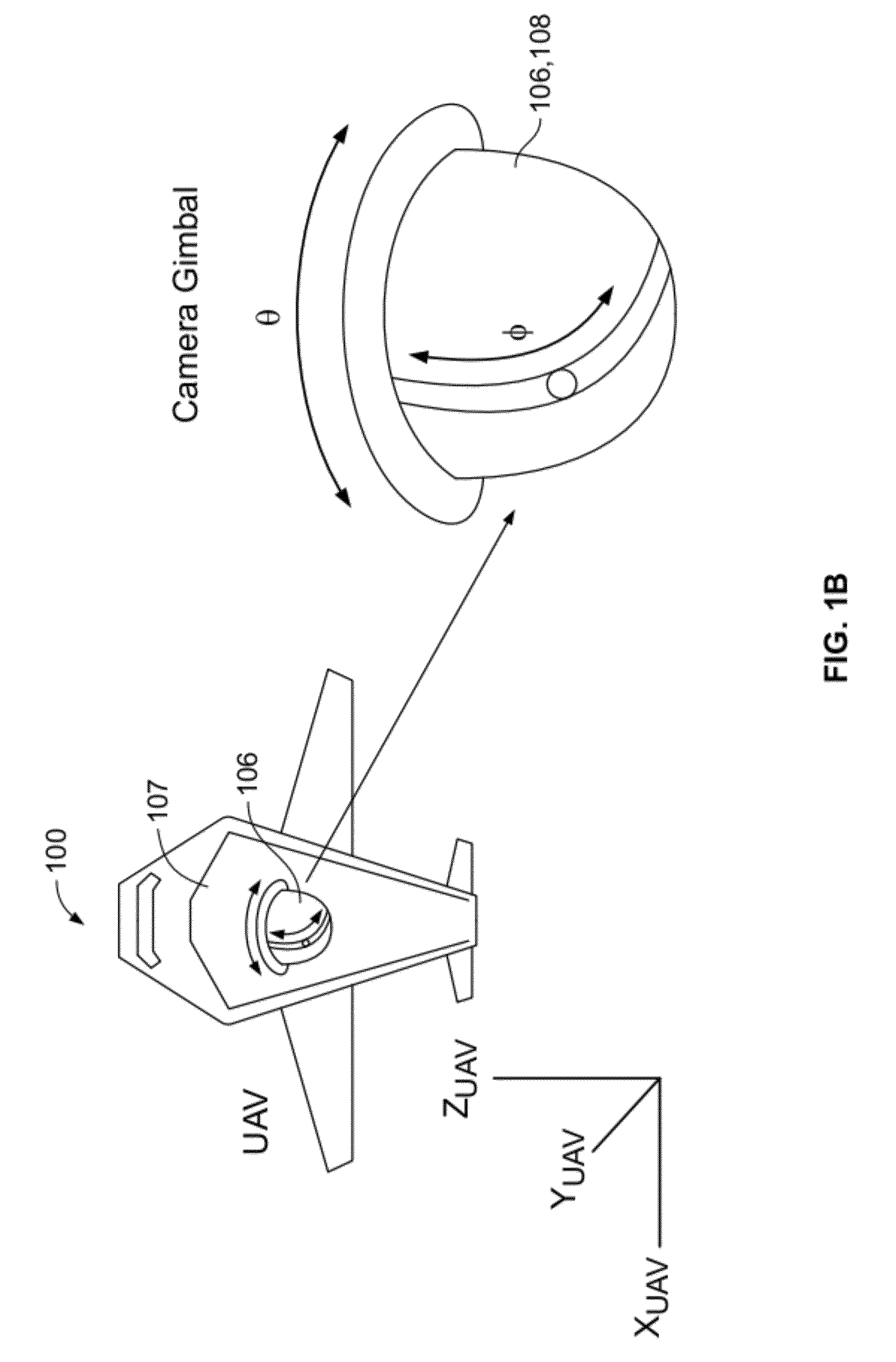3-D model based method for detecting and classifying vehicles in aerial imagery
a 3d model and aerial imagery technology, applied in the field of vision systems, can solve the problems of limited 2d methods, inability to leverage the properties of 3d shapes for recognition, and methods that have only been successfully attempted with controlled datasets
- Summary
- Abstract
- Description
- Claims
- Application Information
AI Technical Summary
Benefits of technology
Problems solved by technology
Method used
Image
Examples
Embodiment Construction
[0035]Embodiments of the present invention employ an exemplary 3D method and system for real-time or near-real-time automatic, unattended detection and classification of types of vehicle models in aerial imagery.
[0036]The term “computer” or “computer platform” is intended to include any data processing device, such as a desktop computer, a laptop computer, a mainframe computer, a server, a handheld device, a digital signal processor (DSP), an embedded processor (an example of which is described in connection with FIG. 2 hereinbelow), or any other device able to process data. The term “communicatively connected” is intended to include any type of connection, whether wired or wireless, in which data may be communicated. The term “communicatively connected” is intended to include, but not limited to, a connection between devices and / or programs within a single computer or between devices and / or separate computers over a network. The term “network” is intended to include, but not limite...
PUM
 Login to View More
Login to View More Abstract
Description
Claims
Application Information
 Login to View More
Login to View More - R&D
- Intellectual Property
- Life Sciences
- Materials
- Tech Scout
- Unparalleled Data Quality
- Higher Quality Content
- 60% Fewer Hallucinations
Browse by: Latest US Patents, China's latest patents, Technical Efficacy Thesaurus, Application Domain, Technology Topic, Popular Technical Reports.
© 2025 PatSnap. All rights reserved.Legal|Privacy policy|Modern Slavery Act Transparency Statement|Sitemap|About US| Contact US: help@patsnap.com



